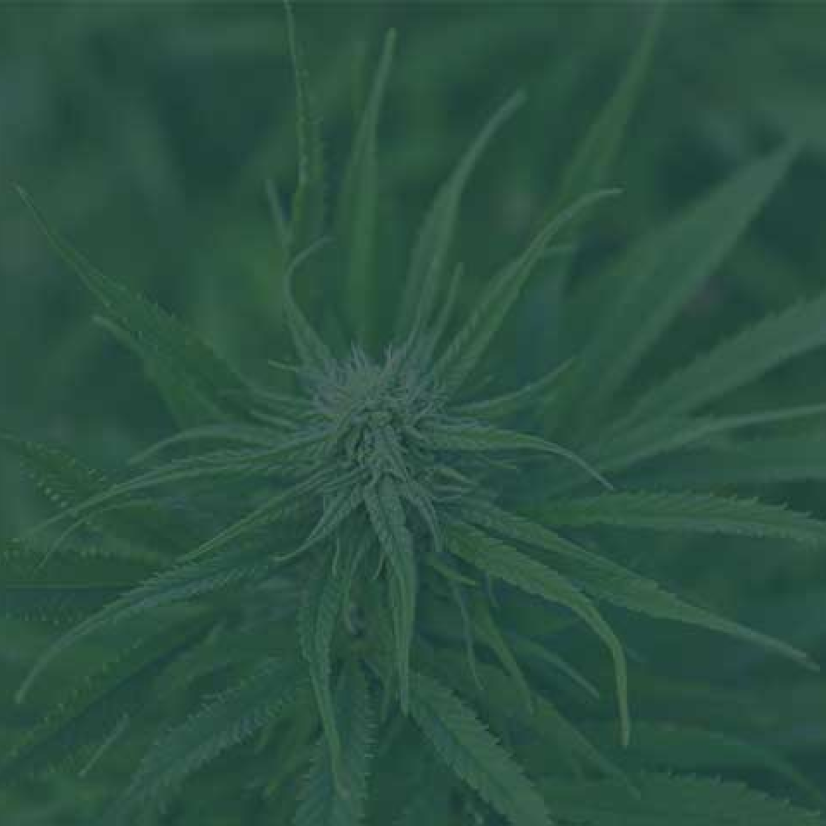Nature’s Perfect...
Why Hemp Oil Is the Most Balanced Plant-Based Omega Source When it comes to plant-based nutrition, balance is everything....
When it comes to sustainable textiles, hemp is weaving its way back into the spotlight. For centuries, hemp was a staple fiber across the globe—used in ropes, sails, and even the earliest forms of paper. Today, as consumers and brands search for eco-friendly alternatives to synthetic fabrics and resource-intensive cotton, hemp is emerging as a frontrunner.
Hemp is one of the most resource-efficient crops on the planet. It requires significantly less water than cotton, grows rapidly (reaching maturity in just 3–4 months), and thrives without heavy use of pesticides or herbicides. Its deep roots naturally improve soil health, making it an excellent rotational crop for farmers. Choosing hemp isn’t just good for fashion—it’s good for the earth.
Hemp fibers are long, strong, and naturally resistant to mold and UV rays. When woven into fabric, hemp offers:
Durability: Hemp textiles last longer and get softer with each wash.
Breathability: Excellent moisture-wicking properties keep wearers cool and comfortable.
Versatility: Hemp blends beautifully with cotton, silk, and other fibers, allowing designers to create fabrics with a wide range of textures and finishes.
This combination of strength and comfort makes hemp ideal for everything from everyday basics to high-end apparel.
In today’s fashion market, sustainability is no longer optional—it’s expected. Brands are under increasing pressure to cut carbon footprints and embrace circularity. Hemp textiles provide a solution that marries eco-consciousness with style. Modern processing techniques have refined hemp fabrics, transforming them from “rough and rustic” to “soft and sophisticated.” Designers now use hemp in everything from tailored suits to yoga wear, home décor, and luxury linens.
As consumer demand for sustainable fashion continues to grow, hemp textiles are poised for resurgence. Global brands are investing in hemp supply chains, and innovations in processing are making the fabric more accessible than ever. Beyond fashion, hemp textiles are also making waves in technical fabrics, upholstery, and even composites for automotive and construction applications.

